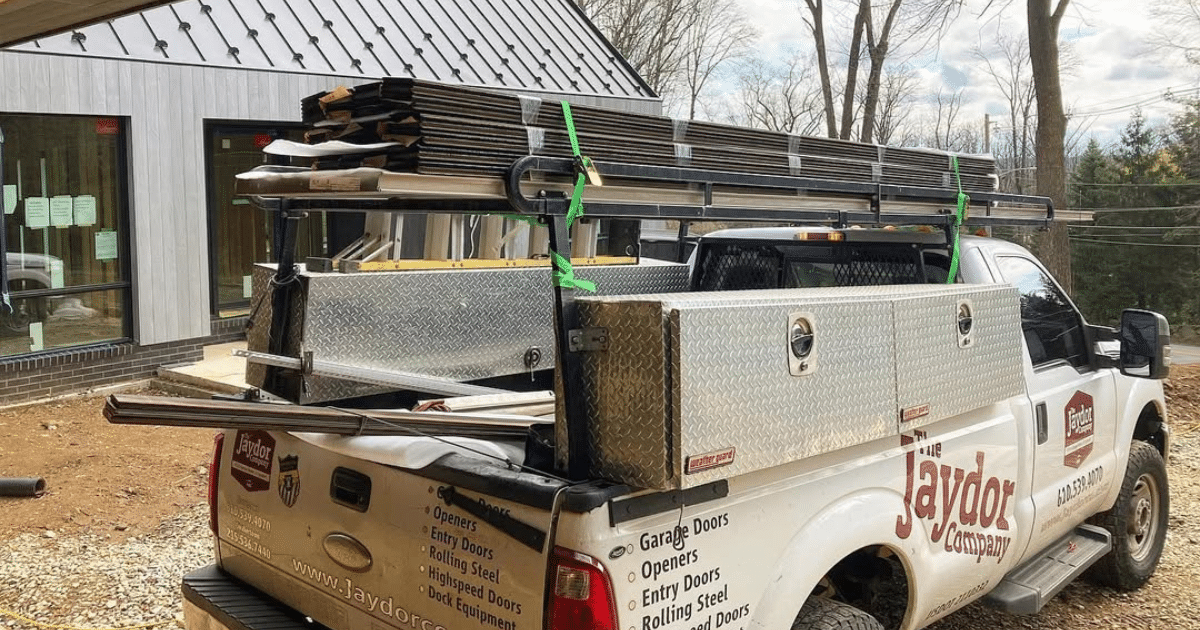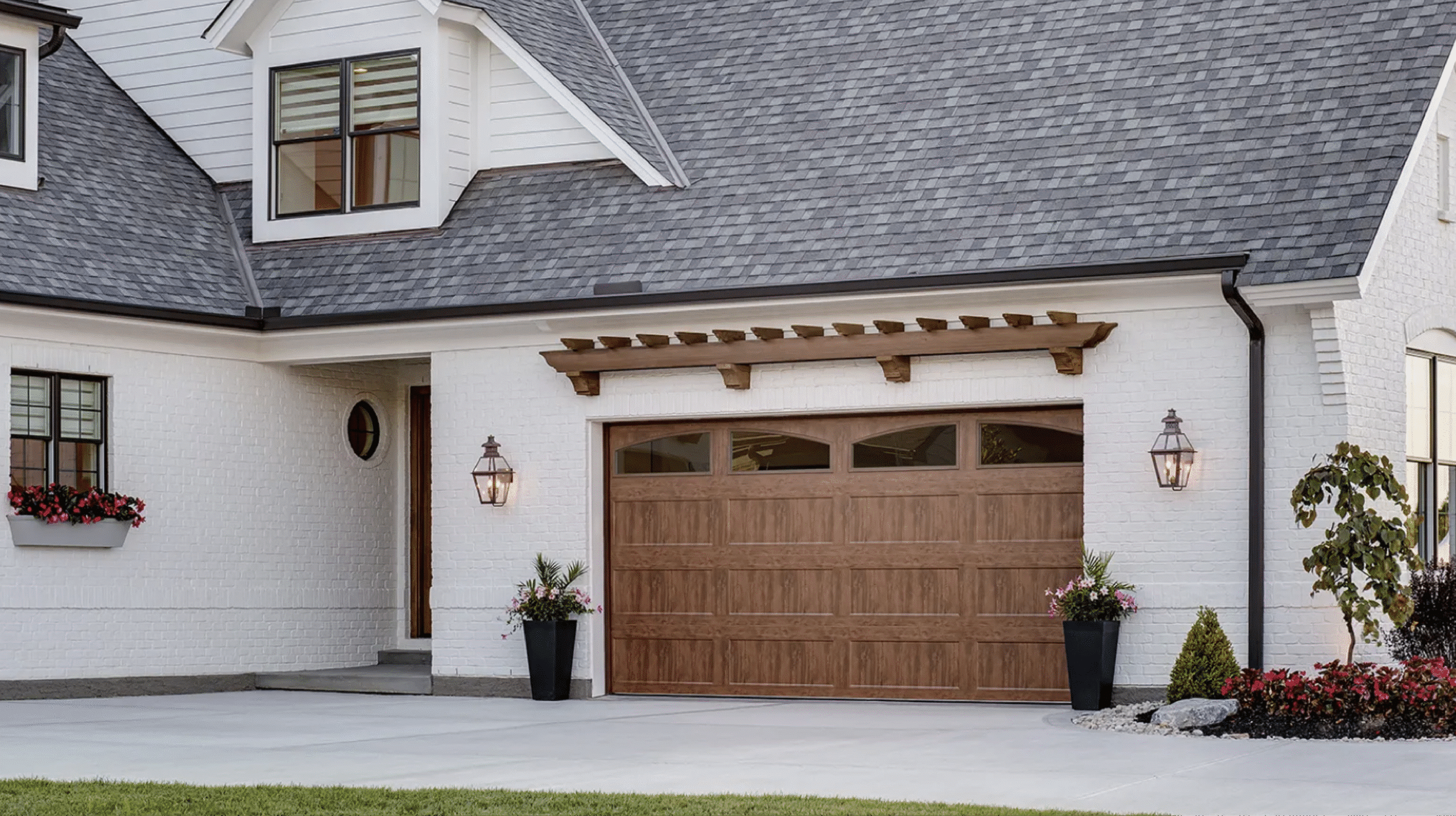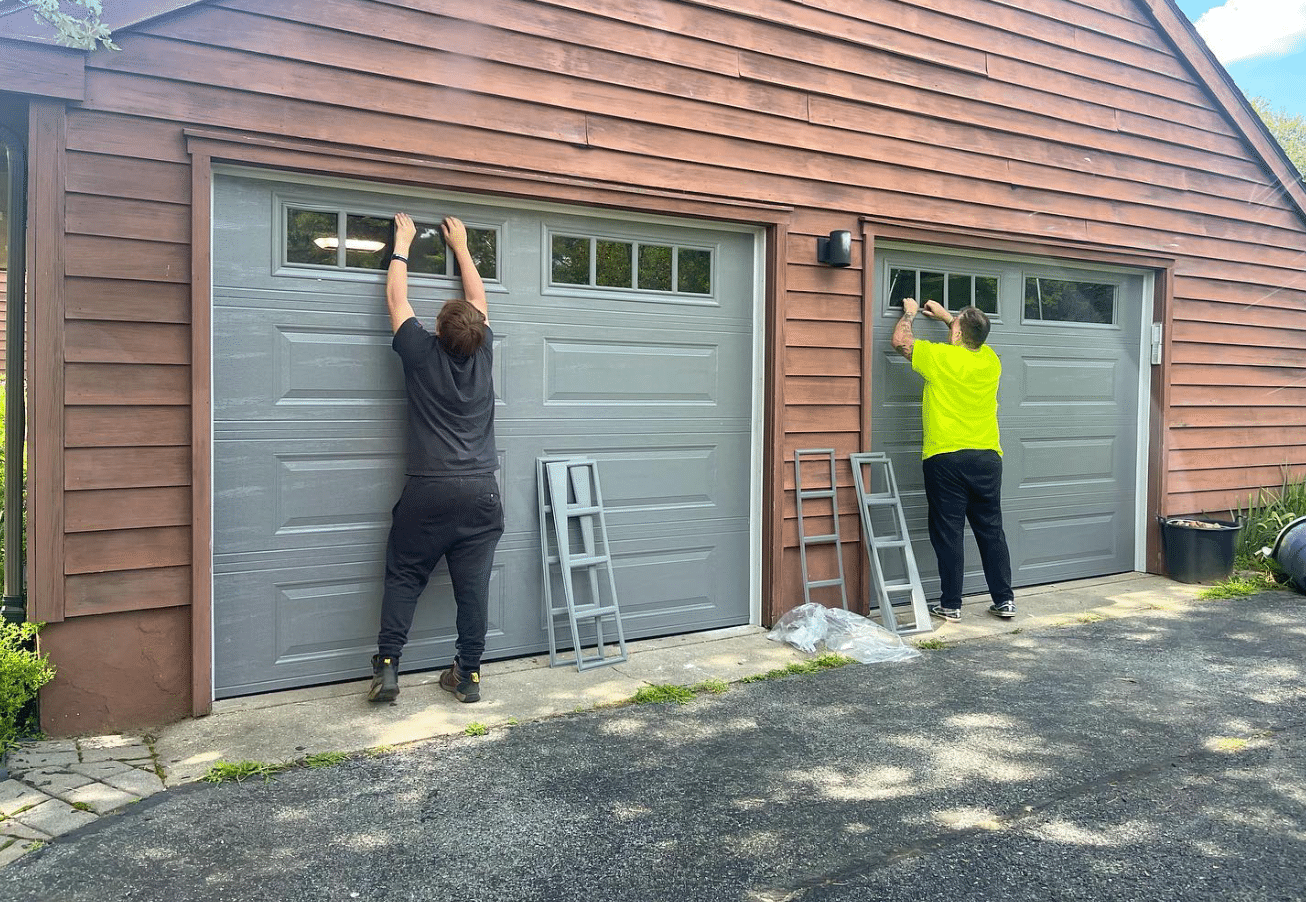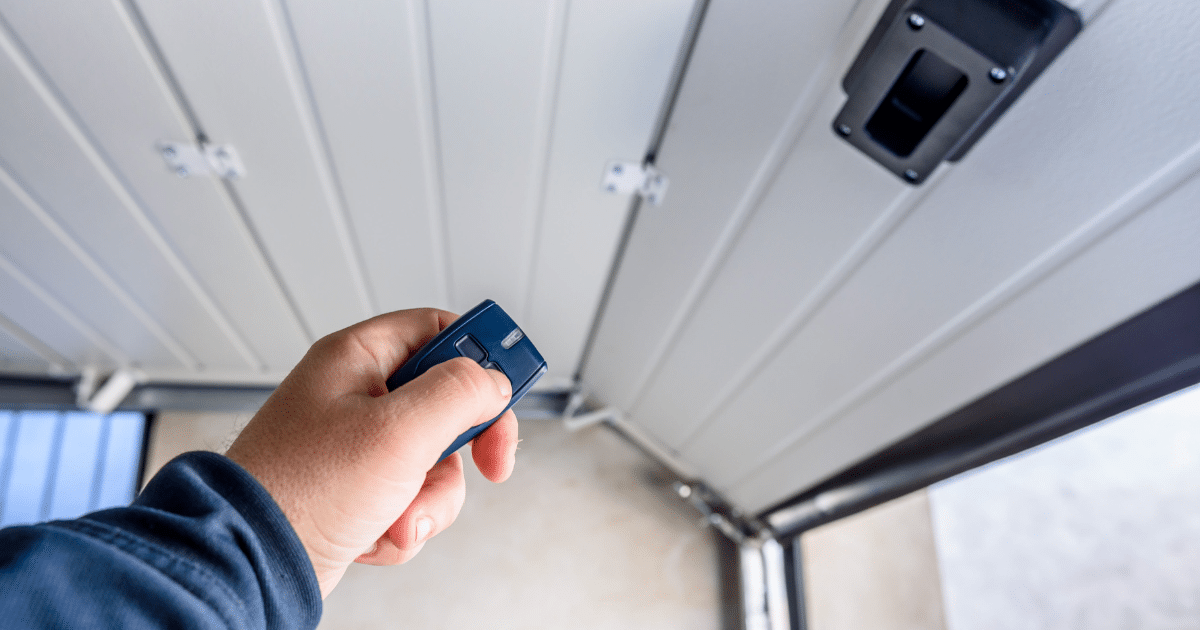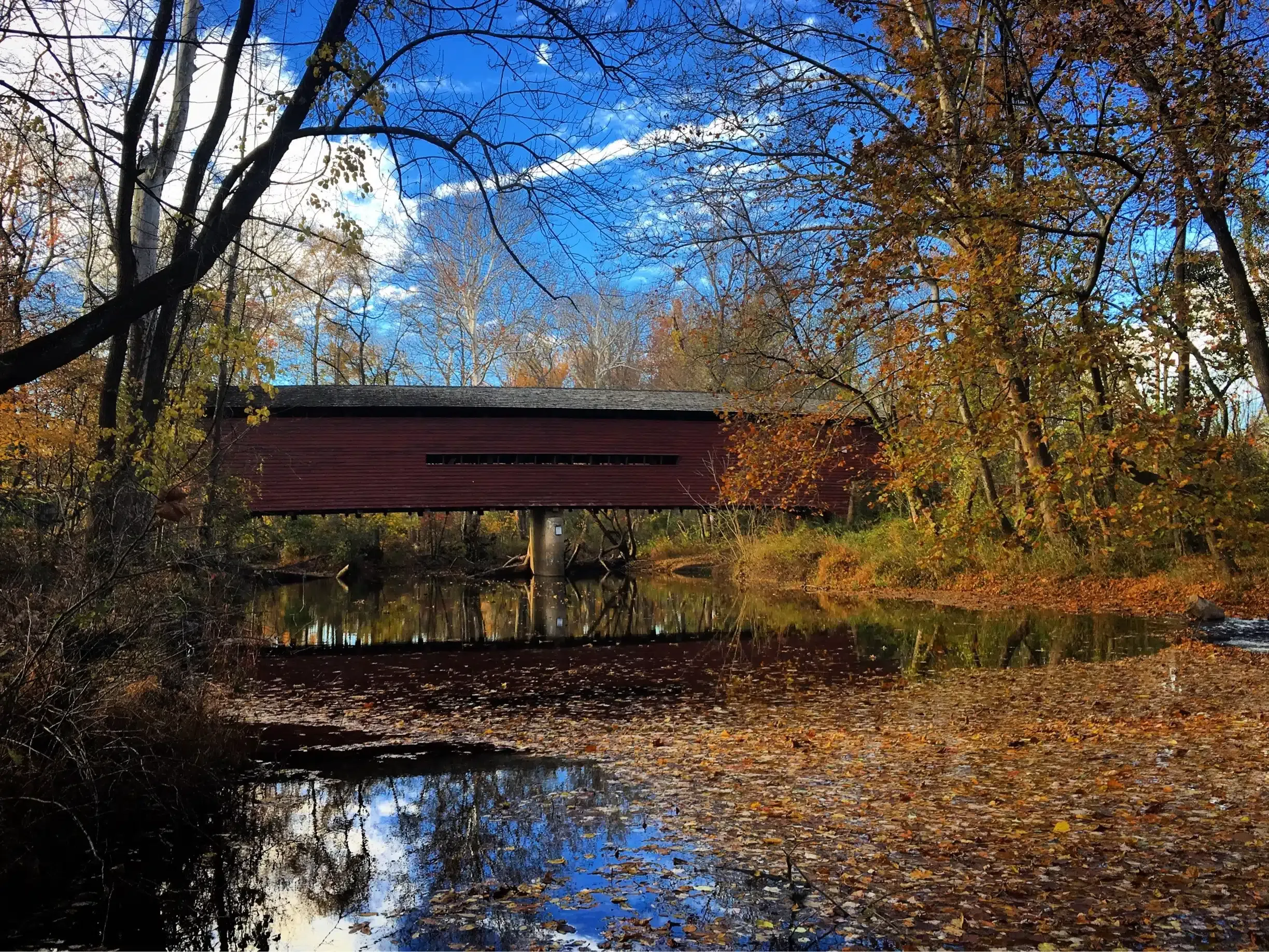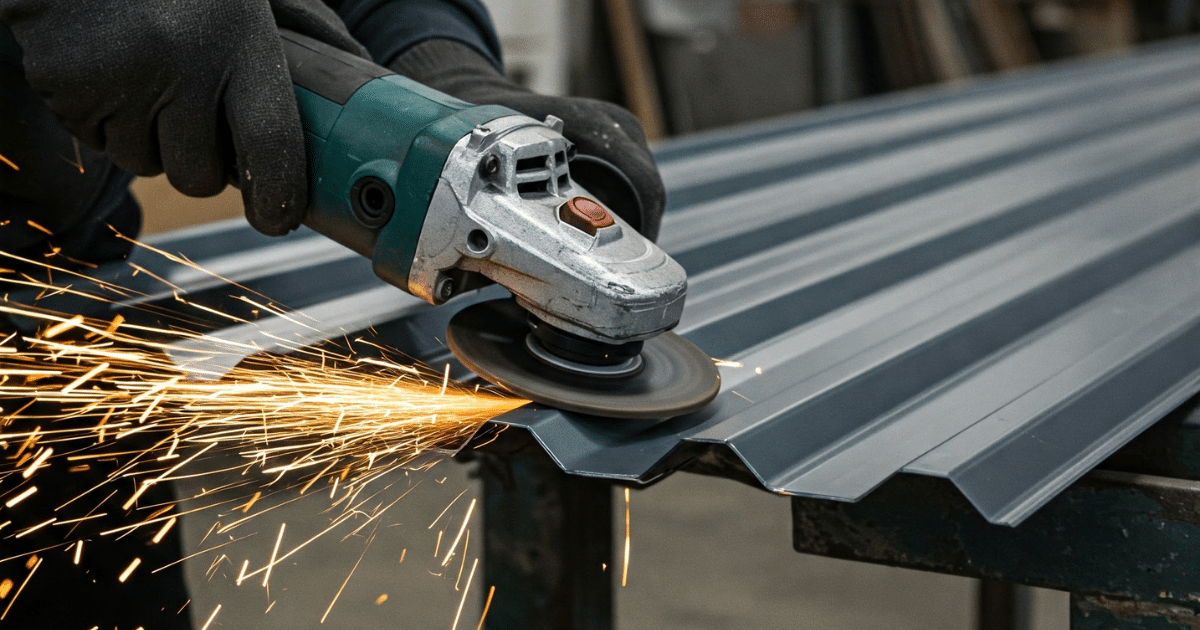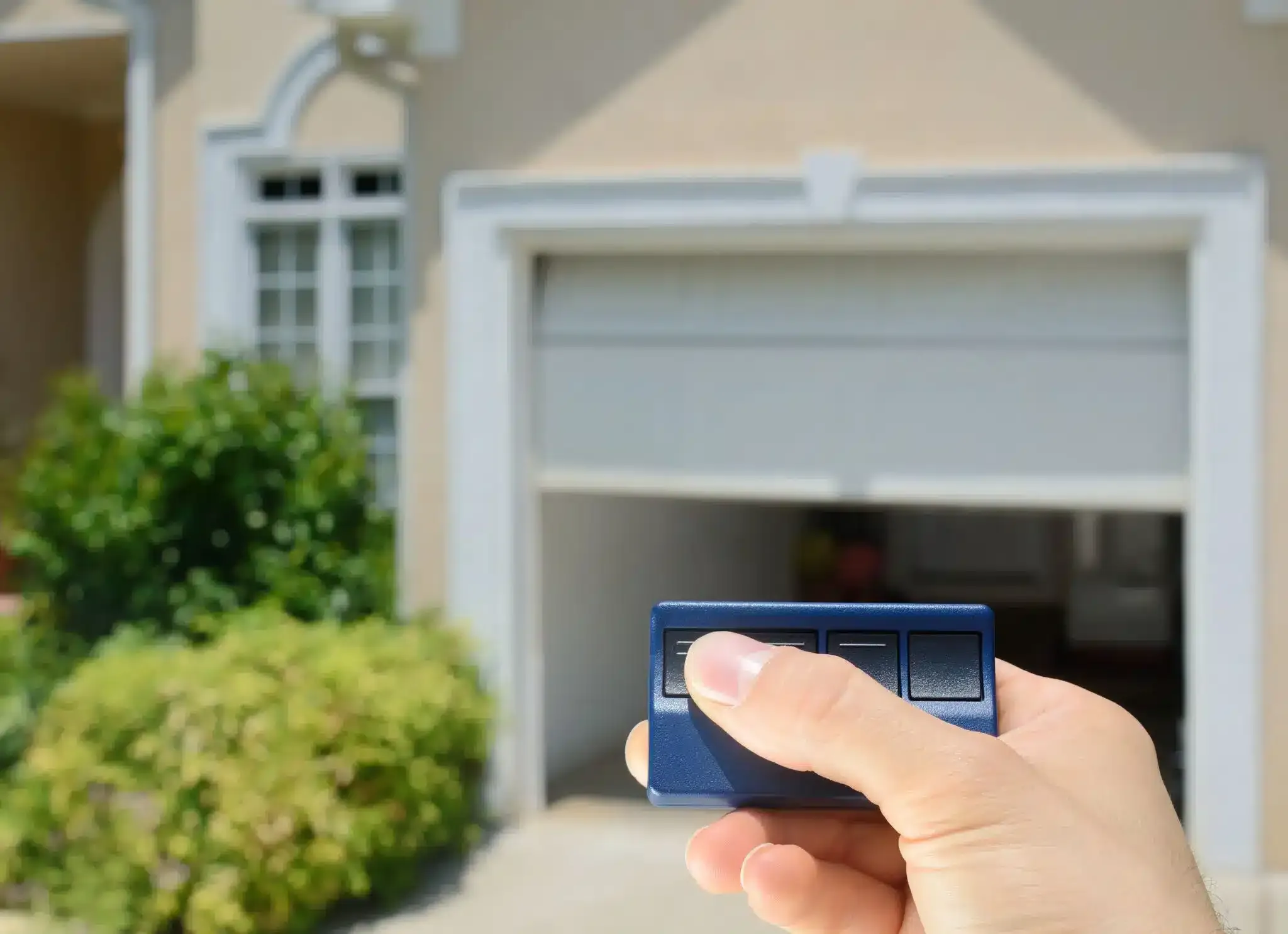The Best Insulated Garage Doors for Norristown, PA Homes
The Jaydor Co. works with homeowners throughout Norristown, and one of the most common upgrade questions we hear is whether an insulated garage door is worth the investment. With Pennsylvania’s changing seasons, the right garage door can make a noticeable difference in comfort, efficiency, and noise control.
This guide explains the best insulated garage doors for Norristown homes, how insulation types differ, what R value ratings really mean, and how to choose the right option for your specific needs.
Why Insulated Garage Doors Matter in Norristown
Norristown experiences cold winters, humid summers, and frequent temperature swings throughout the year. A garage door that lacks insulation allows outdoor temperatures to move freely into your garage, which can affect your home in several ways.
If your garage is attached to your house, cold air can seep into nearby rooms during winter. In summer, heat buildup in the garage can transfer indoors. Insulated garage doors help regulate these temperature changes, making your home more comfortable year round.
Understanding Garage Door Insulation Types
Not all insulated garage doors are built the same. The type of insulation inside the door panels plays a major role in performance, durability, and cost.
Polystyrene Insulation
Polystyrene insulation is commonly used in entry level insulated garage doors. It is often installed as rigid panels that fit inside the door sections. Key features of polystyrene insulation include:
- Lightweight construction
- Moderate thermal protection
- Lower upfront cost
Polystyrene doors typically offer lower R values compared to other options, but they still provide a noticeable improvement over non insulated doors. For homeowners who want basic insulation without a major investment, polystyrene can be a practical choice.
Polyurethane Insulation
Polyurethane insulation is considered the premium option for garage doors. It is injected as a liquid foam that expands and bonds to the door panels, filling every gap. Benefits of polyurethane insulation include:
- Higher R value ratings
- Stronger and more rigid door construction
- Improved noise reduction
Because polyurethane fully bonds to the door, it adds structural strength and better seals against air infiltration. This makes it an excellent option for Norristown homeowners who prioritize energy efficiency and durability.
What R Value Ratings Mean for Garage Doors
R value measures how well a material resists heat transfer. The higher the R value, the better the insulation performance. For garage doors:
- Lower R values offer basic insulation and noise reduction
- Higher R values provide better temperature control and energy efficiency
In Norristown’s climate, many homeowners find that a mid to high R value door offers the best balance between performance and cost. If your garage is used as a workspace, gym, or storage area for temperature sensitive items, a higher R value is often worth the upgrade.
Benefits of Installing an Insulated Garage Door
Choosing an insulated garage door provides more than just temperature control. Homeowners often notice improvements in several areas.
Improved Energy Efficiency
An insulated garage door reduces heat loss in winter and limits heat gain in summer. This can help stabilize indoor temperatures and reduce strain on your heating and cooling systems, especially if there are living spaces above or beside the garage.
Reduced Noise
Insulated doors absorb sound more effectively than hollow doors. This means less noise from street traffic, lawn equipment, and even the garage door opener itself. It also helps prevent garage noise from traveling into your home.
Increased Door Strength and Durability
Insulated doors are generally more rigid and resistant to dents and damage. This added strength helps the door hold up better against daily use and weather related stress.
Enhanced Comfort and Usability
A more stable garage temperature makes the space more comfortable for hobbies, storage, and everyday use. Insulation can also help protect stored items from extreme cold or heat.
Choosing the Right Insulated Garage Door for Your Home
When selecting an insulated garage door in Norristown, consider how you use your garage and what you expect from the upgrade. Ask yourself:
- Is the garage attached to the home
- Are there living spaces nearby or above
- Do you spend time working in the garage
- Is noise reduction important
Homeowners who use the garage frequently or have temperature sensitive spaces nearby often benefit most from polyurethane insulated doors with higher R values. For garages used mainly for parking and storage, polystyrene insulation may be sufficient.
Style and Material Considerations
Insulation does not limit your design options. Modern insulated garage doors are available in a wide range of styles and materials, including steel, carriage house designs, and contemporary finishes.
Steel doors paired with polyurethane insulation are especially popular in Norristown because they combine durability, efficiency, and low maintenance.
Professional Installation Makes a Difference
Even the best insulated garage door will not perform properly without correct installation. Proper sealing, alignment, and hardware setup all play a role in insulation effectiveness and long term reliability. A professional installer can:
- Recommend the right insulation type and R value
- Ensure proper fit and weather sealing
- Test door balance and opener performance
Professional installation also helps prevent premature wear and operational issues.
Making an Informed Decision for Your Norristown Home
Choosing the best insulated garage door comes down to understanding your local climate, your home’s layout, and your daily needs. Norristown homeowners benefit from doors that provide solid insulation, noise reduction, and durability across all seasons.
If you are considering an upgrade or replacing an aging garage door, The Jaydor Co. can help you evaluate your options and select a door that fits your home and lifestyle. A well chosen insulated garage door is not just an upgrade. It is an investment in comfort, efficiency, and long term performance.

